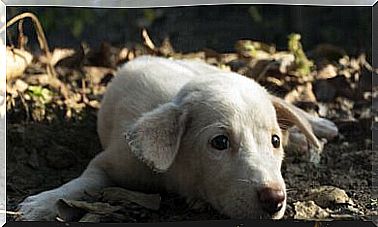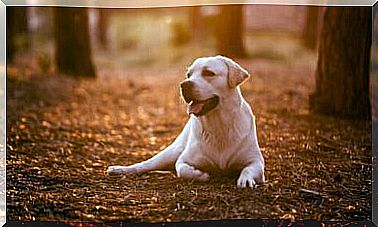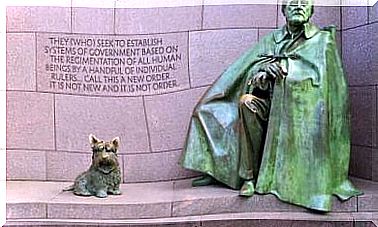Yellowstone National Park: The First In The World
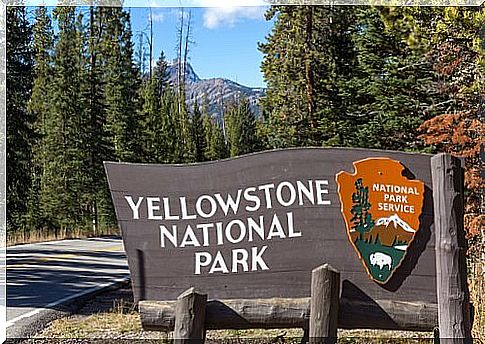
There are thousands of protected areas and nature reserves all over the planet. But, if we look back over the years, Yellowstone National Park, created in 1872 in the United States , is definitely worth mentioning . In fact, this was the first to be built, worldwide. In this article we will tell you about Yellowstone National Park , telling you its very long history.
The history of Yellowstone National Park
In March 1872, the then president of the United States, Hiram Ulysses Grant, was responsible for the decision to create Yellowstone National Park. In this regard, an ad hoc national law was promulgated which transformed it into the first ever, worldwide.
However, this area had already been the home of native tribes for over 10,000 years, made special by the presence of yellow stones and rocks, hence the name Yellowstone. Indians stocked up and fished in the delightful river that flows through the region, living in harmony with the bison that still graze peacefully today.
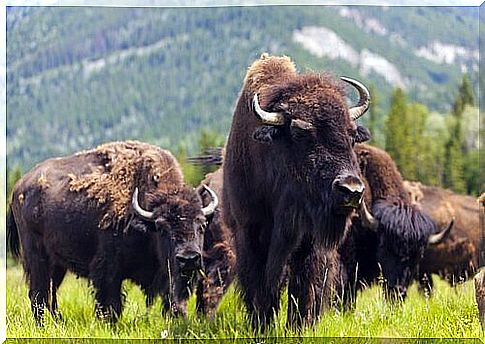
The first expeditions of the white man took place in 1806. Half a century later, other trips were made to study the geothermal phenomena typical of the place. After several investigations, the governor set out to convert the large territory into a protected national park, with the aim of preserving its historical and natural wealth.
The proposal was transmitted to the Senate and a project was also included to prevent commercial exploitation. The valley began to be guarded by several “superintendents” once Yellowstone National Park was created. Subsequently, this task was entrusted to the army and the National Park Service, founded in the early 20th century.
Several public works have been made to improve access to the park, such as a road and several internal paths. Towards the middle of the last century the tourist occupation was such that the structures were modernized and, at the same time, the safety measures were extended to avoid or prevent the frequent fires.
Geography of Yellowstone National Park
Although most of its territory is in Wyoming, the park also includes parts of Montana and Idaho, in an area of nearly 9,000 km². It is located on a plateau of 2,400 meters of average height and has two gorges or “canyons” carved by the waterways. The rivers that arise in the park are called Yellowstone and Snake, and in all their extension it is possible to appreciate waterfalls almost five meters high, throughout the year.
Winter here is very cold, with temperatures between -20 and -5 degrees, and snowfalls are possible. Conversely, summer is hot, with a maximum of 30 degrees and evening storms. Undoubtedly one of the main natural spectacles of Yellowstone National Park is its geothermal activity, given that there are about 200 geysers (the famous one is the Old Faithful that throws water up to 40 meters high) and 10,000 hot springs.
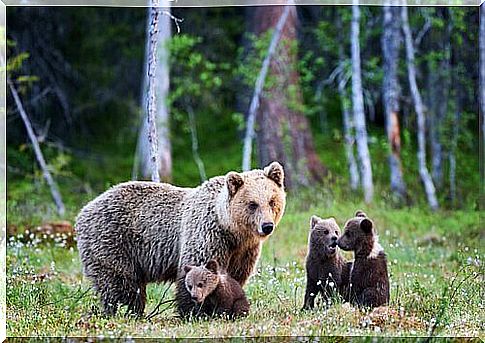
Flora and fauna of Yellowstone
80% of the reserve is covered by forests ; the rest are wetlands and meadows. Lakes, rivers and ponds are the home and source of life for many animals, among which the grizzly, the bald eagle, the black bear and then again moose, mouflons, pumas, deer, lynx, bison are highlighted. and the crane of America. In total, the park is home to over 3 00 bird species, nearly 20 fish, seven ungulates, 50 mammals, and several reptiles and amphibians.
It is worth highlighting the case of the gray wolf, which was reintroduced to Yellowstone Park to balance the ecosystem and the ungulate population, after disappearing due to hunting (banned since 1935). The only predator left was the coyote but today it is possible to see packs of wolves all over the territory.
As for the flora, there are more than 1,700 endemic species of trees and plants, as well as the introduced vegetation. The most common are elms and willows, as well as pines and firs, among other conifers.



